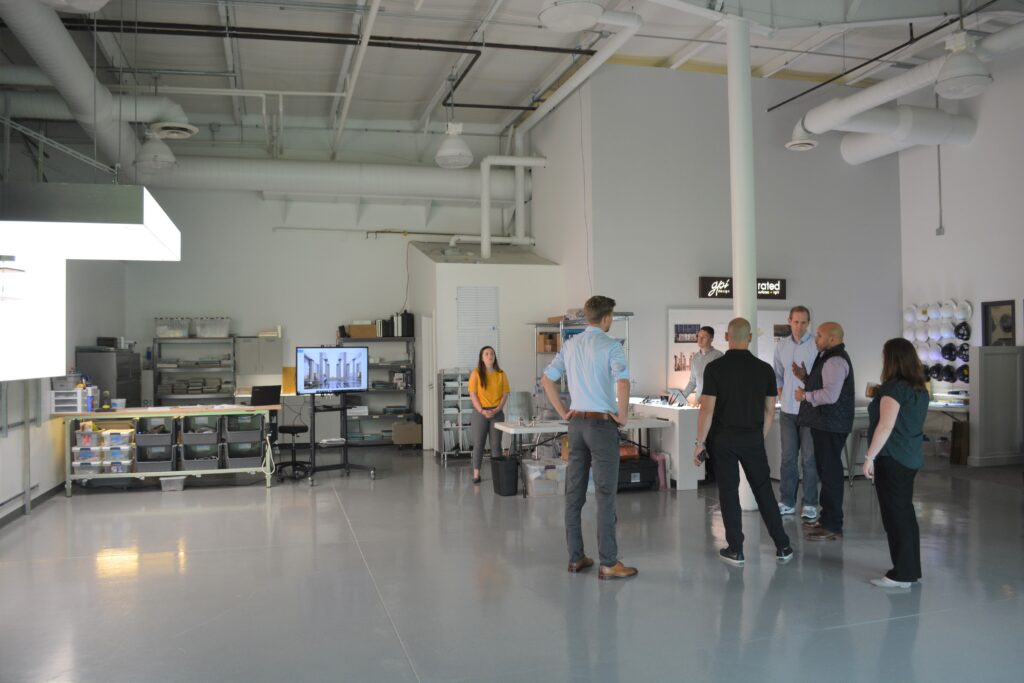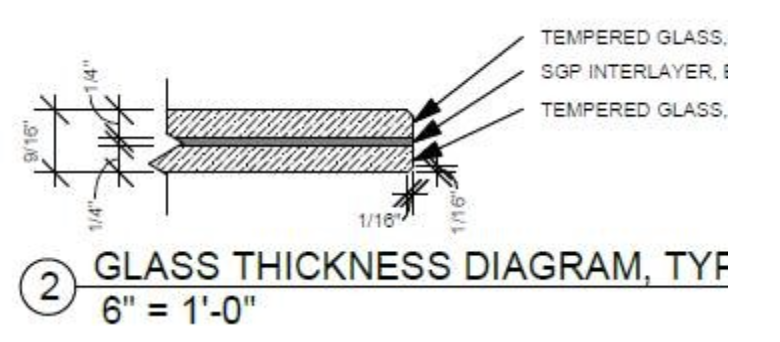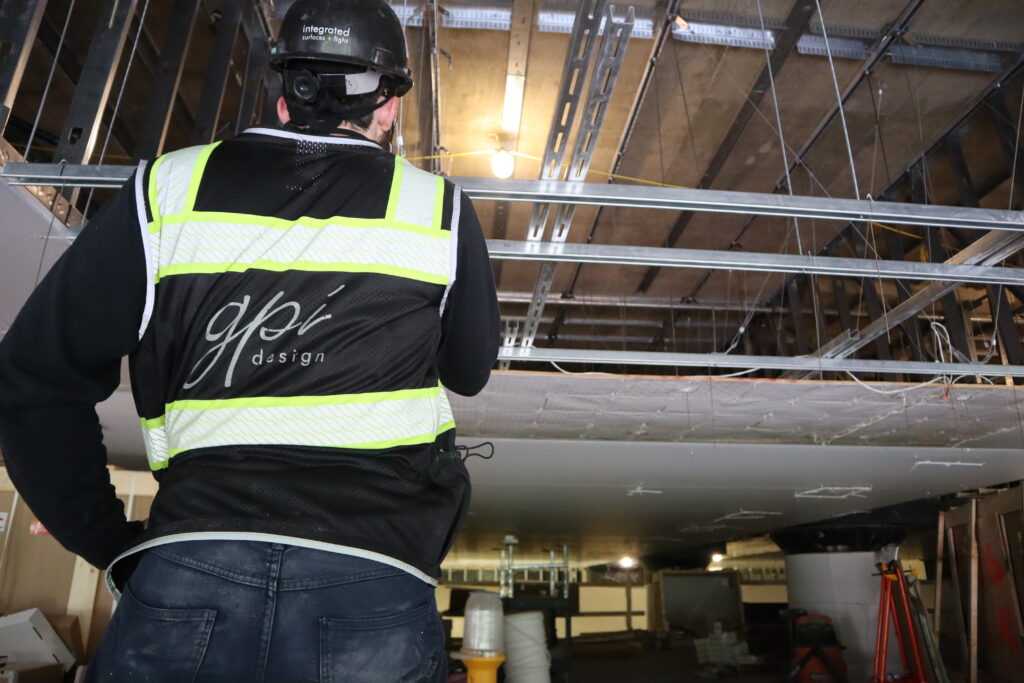Backlit Glass
Glass surfaces reign supreme when it comes to overall volume in backlit designs. It offers versatility in applications such as floors, ceilings, columns, elevator cabs, and reception desks. Glass surfaces are highly durable and easy to clean, making them suitable for both commercial interiors and exteriors. With their timeless appeal and clean aesthetic, glass panels are always a popular option for backlighting, as they provide a pristine backdrop desired by designers.

Glass can be cut, shaped, and customized to meet nearly any aesthetic criteria and technical requirement. Glass comes in a range of thicknesses, singular lites, laminated panels, a multitude of shapes and sizes, different clarities, colors and finishes – making it a versatile choice. It can be curved or have mitered edges. It offers a range of inner layers, from decorative patterns and graphics to pure white, and it can offer diffused light effectively with the right combination of surface treatments. Though there are many positives in using glass as a backlit surface, it’s not without its challenges. One aspect that users may not be familiar with is the variation in coloration across glass panels. Glass manufacturers provide glass in blocks or runs, which have specific color ranges unique to that batch. When an interlayer diffuser is placed between the lites of glass, subtle differences in color may become apparent once illuminated. This can be mitigated with color-shifting diffusers and films applied on-site and proper lighting and controls. Tunable white lighting fixtures can be fine-tuned to just the right tone to help achieve better color balance in the overall feature. We always recommend tunable control within each glass panel to correct these imbalances.

Standard glass specifications are typically designed for transparent applications such as windows. Backlighting introduces a whole new dimension, and many of the “standard” or “common” glass performance specs don’t apply. To ensure the success of specialty glass features, it is advisable to work with a reputable supplier of diffused interlayer glass and an experienced integrator who is well-versed in combining glass and lighting, as they will better understand how to customize the glass and lighting “recipe” to avoid imbalances and to optimize the desired aesthetic.

In summary, glass surfaces offer exceptional possibilities in backlit designs. With proper testing, control, and the right expertise, glass can elevate your backlit features and create stunning visual effects.
